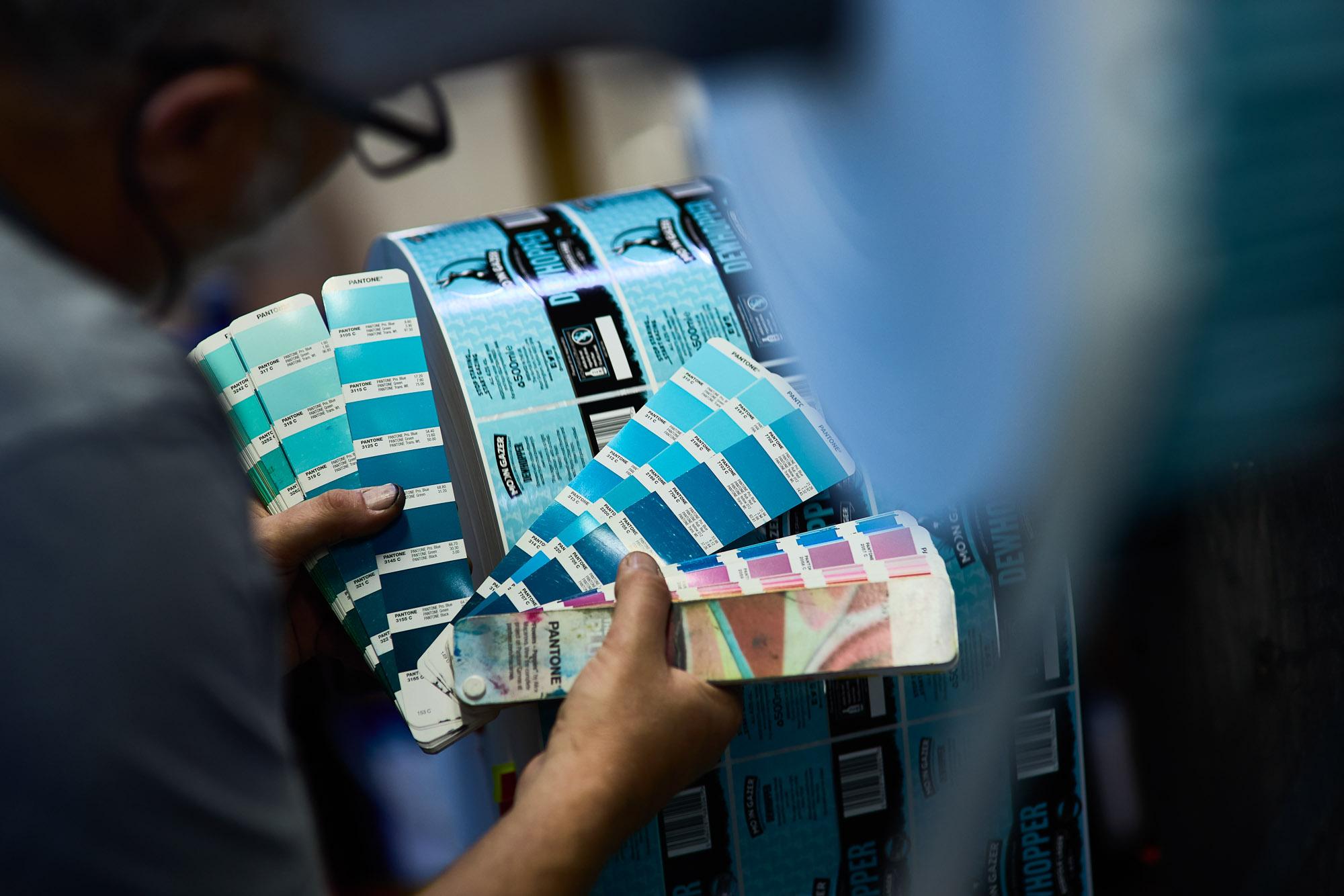Introduction
In today’s ever-expanding marketplace, it’s the product label design that often makes the first impression. It’s a silent salesperson, catching the eye of potential customers, telling a brand’s story, and ultimately, influencing purchasing decisions. It’s not just about slapping on a logo and a catchy tagline but creating a visual representation that resonates with your target audience.
Whether it’s a hipster beer can label, a vintage dairy label, or a minimalistic honey product label, each carries its unique charm. But what makes them effective? What’s the secret sauce that sets them apart? Let’s delve into the world of product label design, discover its importance, and unravel the art and science behind creating designs that not only look good but also sell.
Understanding Product Label Design
Navigating through product label design can be quite a task, but it’s a crucial part of your product’s journey. Let’s jump into what product label design truly is and why it’s important.

Definition of Product Label Design
Product label design is more than just a sticker on a product. It’s a meticulous blend of creativity and strategy, typically articulated in vector-based file formats such as Adobe Illustrator (AI) or Encapsulated PostScript (EPS). These formats ensure high-quality resolution, allowing easy scalability for any printing and digital application. From size, and shape, to the type of messaging — every detail matters. Too much text can make the label look cluttered and confusing.
A well-thought-out design includes important buying information and leaves plenty of space for the brand name and logo to stand out.
Importance of Product Label Design
The significance of the product label design should never be understated. It is vital in product branding and sales. A well-designed label communicates the product’s value, enhances brand recognition, and grabs consumers’ attention on crowded shelves. This sensory touchpoint can positively influence purchasing decisions and ultimately drive increased sales. According to packaging expert Maria Dolores Vidales Giovannetti, your packaging is your handshake with the customer, the first interaction with your product. This underscores the need for a visually appealing and informative label. So, when you’re choosing a Label Design Service provider, consider their experience, past label projects, client reviews and their understanding of your brand and product.
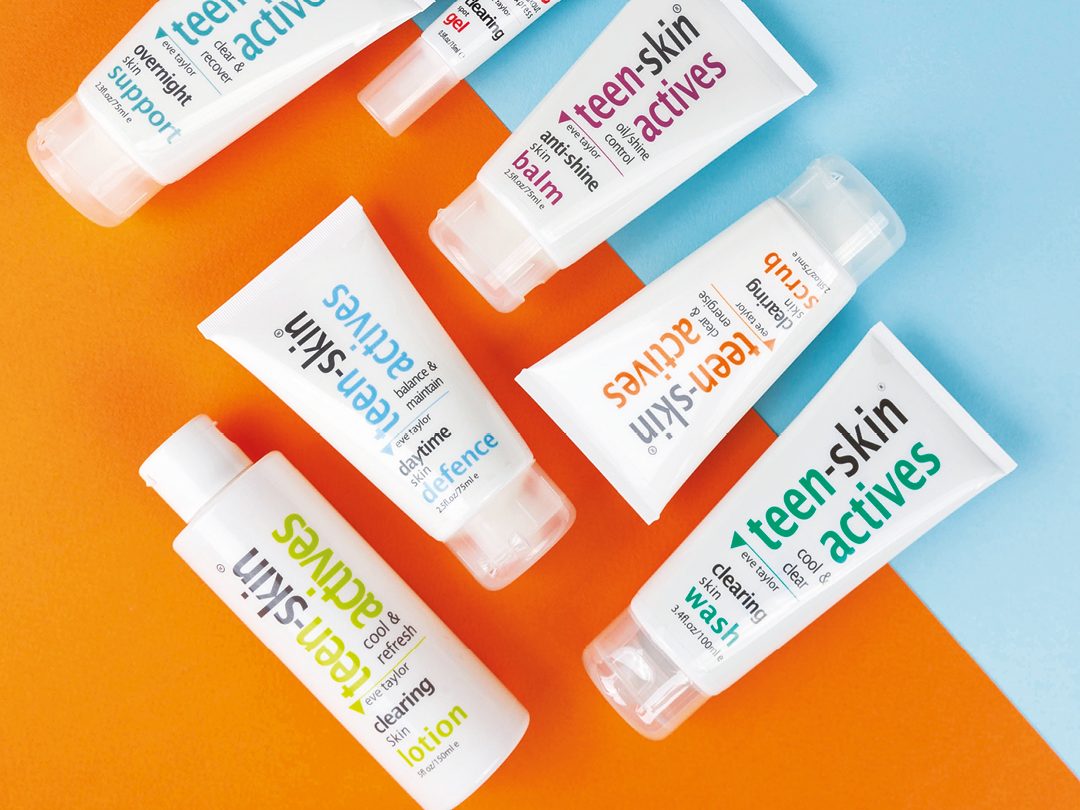
Key Elements of Product Label Design
In this section, we’ll focus on the crucial components that make a product label inherently effective and appealing. A well-thought-out product label design does not merely enhance aesthetics, it also amplifies brand perception, impacts buyer motivation, and influences the overall product experience.
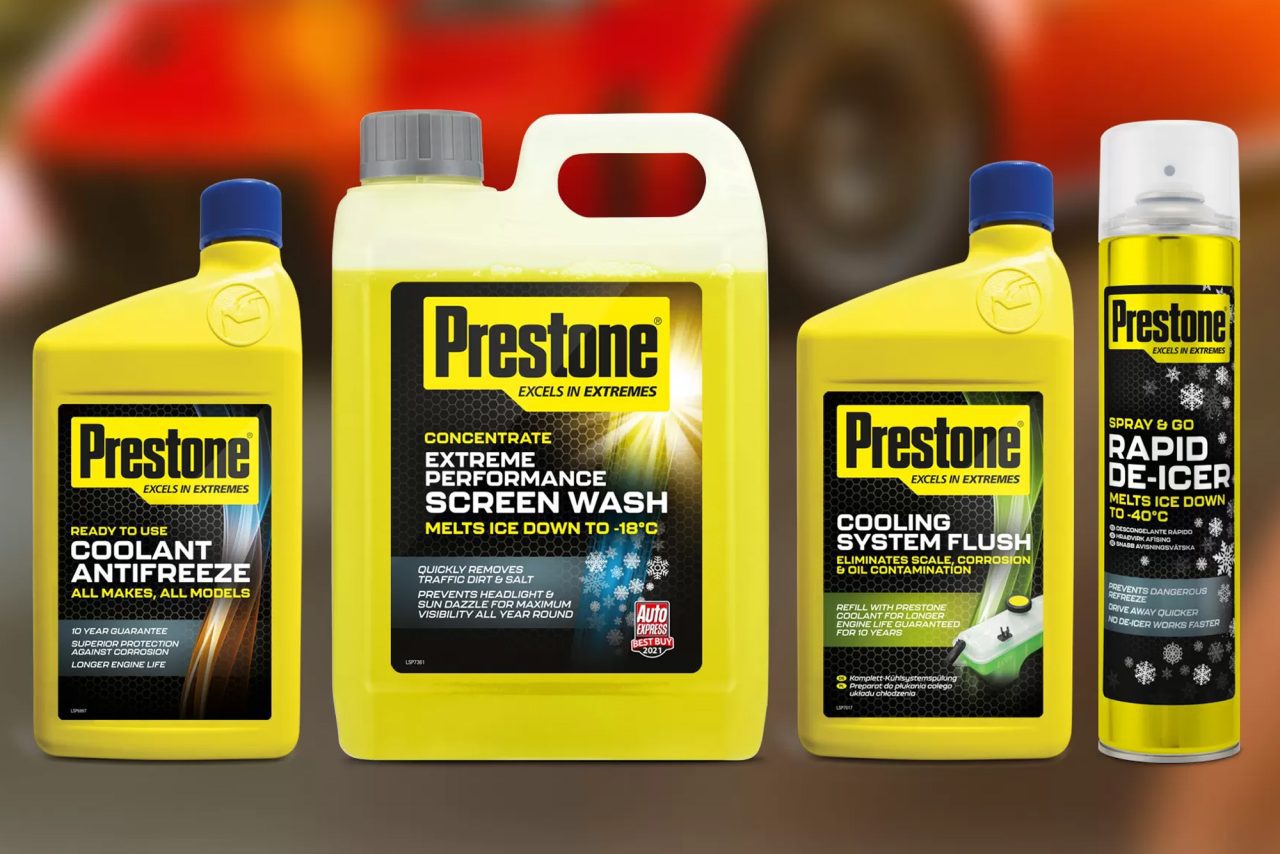
Understanding Your Target Market
Understanding your target demographic is an essential first step in the label design process that should never be bypassed. This involves exploring their needs, preferences, and typical buying behaviour. Are they drawn to minimalistic designs or do vibrant, attention-grabbing labels catch their eye more? Do they prefer traditional, elegant typography or modern, casual fonts? Their preferences will shape the overall visual appeal of your product label. For instance, a study suggests that eye-tracking studies can provide valuable insights into buyer behaviour, which will aid you in making design decisions.
Ensuring Brand Consistency
Every element of your product label should consistently reflect your brand identity, from the colours and graphics to the typography. This will fortify brand recognition and strengthen your relationship with your customers. Brand consistency is about creating a unique brand experience that is aligned with your brand’s ideals and values, and a unified look and feel across all touchpoints is vital for this. For example, your product name and brand logo should be the most visible aspects of the product label, immediately helping people associate the product with your brand.
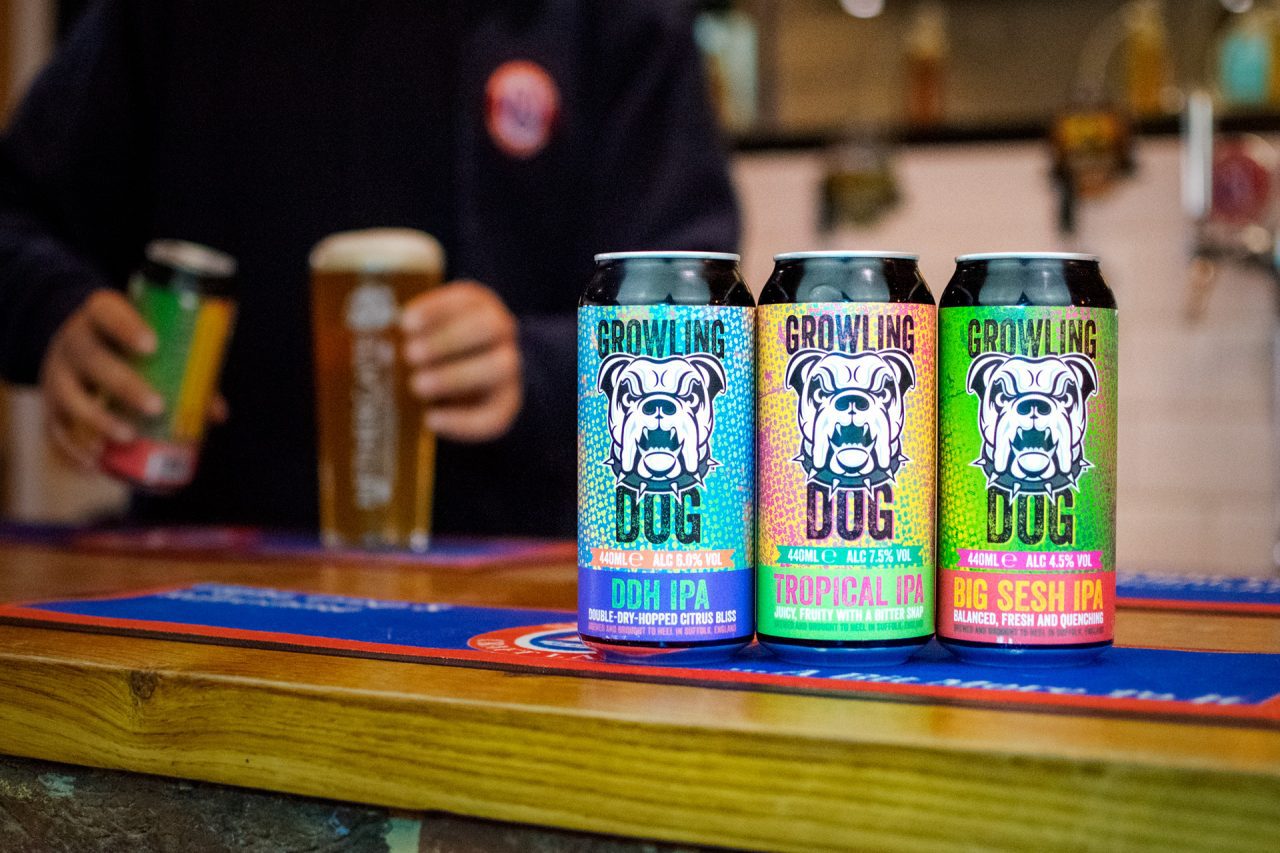
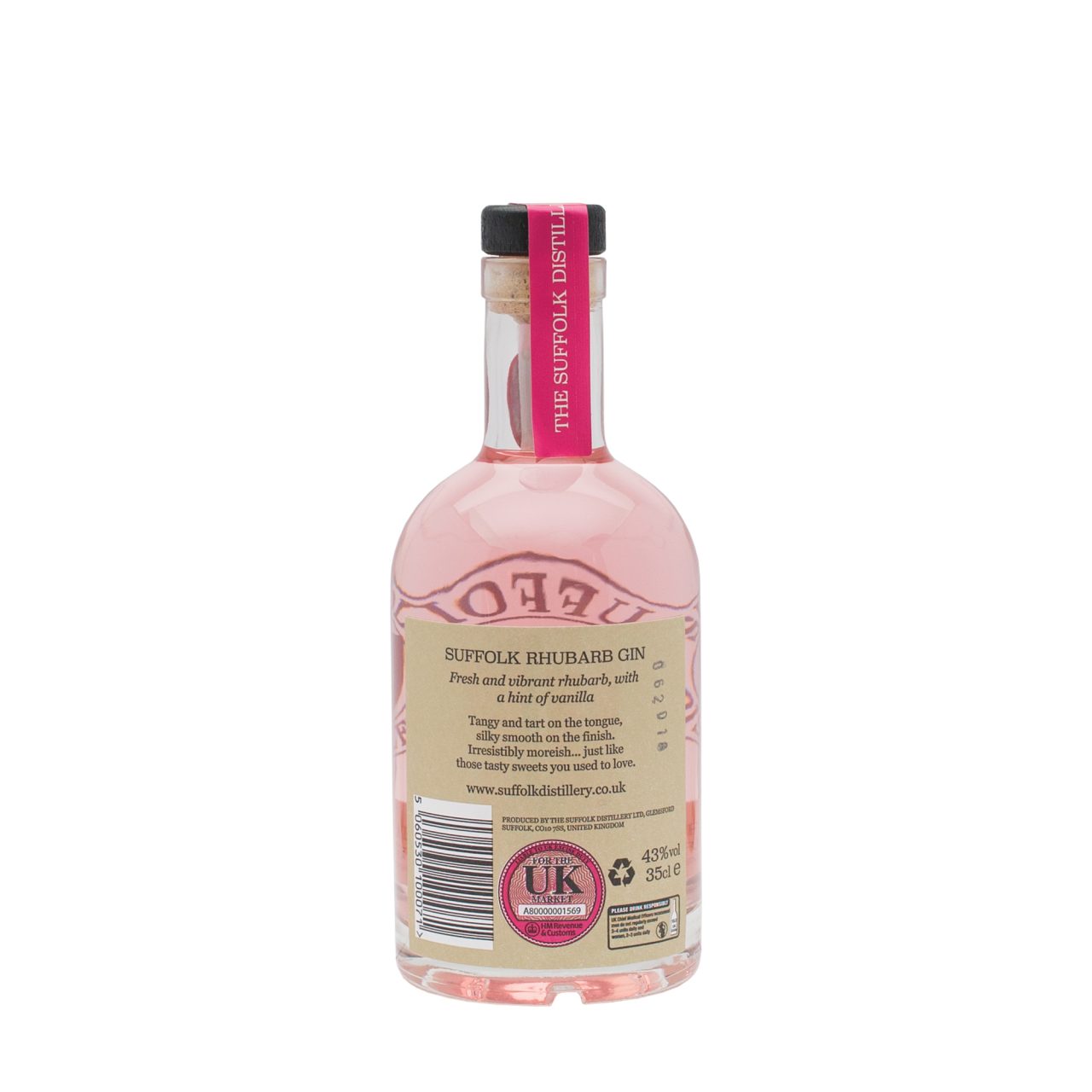
Providing Essential Product Information
A product label isn’t just about appealing designs and brand logos—it’s also a crucial source of information. The product description, net weight, ingredient list, best-by dates, and regulatory certifications are all pertinent pieces of information that may need to be incorporated based on the type of product and local regulations. Tracking information for warranties and returns is another element to consider.
Remember, while being informative, the labels should also maintain an attractive, clean, and uncluttered design—it’s about striking that perfect balance. For instance, the description could be a single explanatory sentence or a poetic product story, but should always provide value to customers, enticing them further.
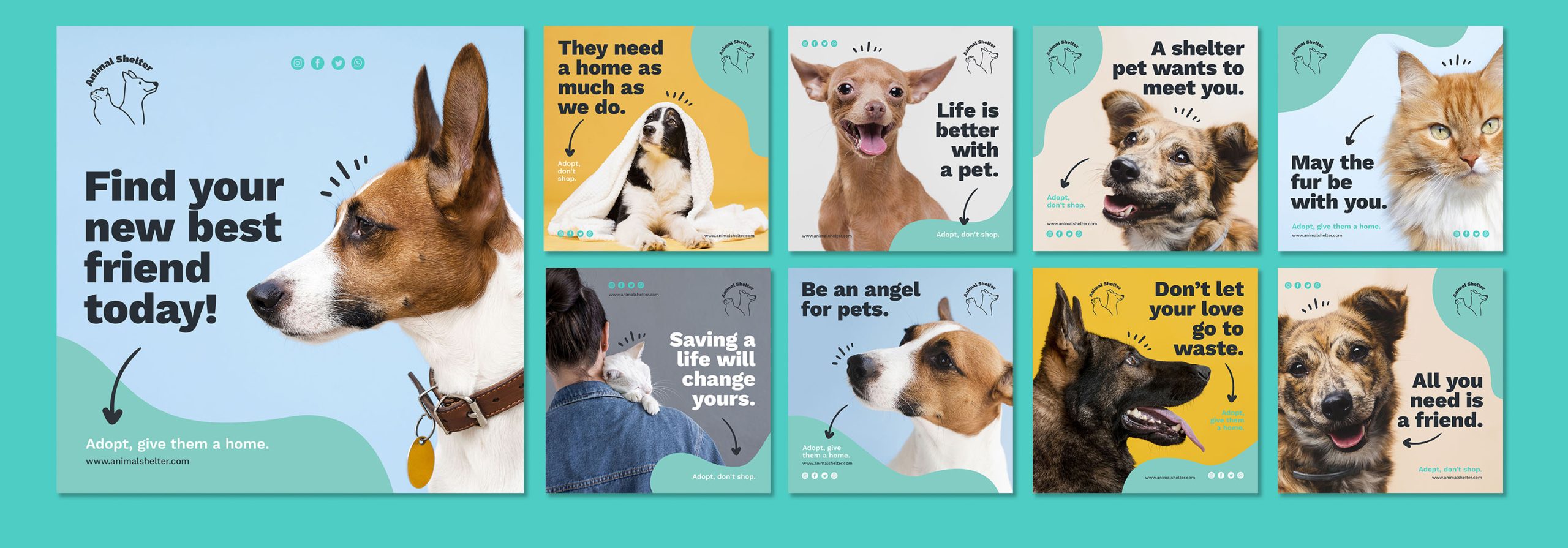
Essential Design Aspects for an Effective Product Label
Moving on from understanding the significance of product labels, let’s decipher the crucial aspects that integrate to form a successful product label design. Here are some essential design components your label needs to have to leave a lasting impression:
Use of High-Quality Images
Attention to detail is key in product label design. Make sure to utilise high-quality images that resonate with your product and brand. If you’re presenting a label for a food item, use images that are appetising and enticing. If it’s a cosmetic product, showcase the product in use or its key ingredients. Always remember, that low-quality images or irrelevant pictures can make your product look unprofessional.
Prominent Logo/Branding
Your logo is the face of your brand. It needs to be prominent on your product labels. A clear, easily recognisable logo helps to create brand recall and sets your product apart on crowded shelves. If your brand has a unique colour scheme or typography, ensure it’s consistently reflected in your labels. Branding isn’t just about logos, it’s about creating a unique identity that consumers associate with your product.
Balance in Decorative Elements
While decorative elements can add a touch of panache to your product label design, an overload of decorations can easily distract and confuse the customer. Strike a balance – use a decorative element that enhances your design, and pair it with white space to balance it out. Remember, every design element on your label should have a purpose and contribute to overall understanding and appeal.
Importance of Simplicity and Avoiding Overcrowding
The age-old saying, ‘less is more,’ couldn’t be more applicable when it comes to label design. Packing too many details into a small label can make it cluttered and hard to understand. Stick to essential information and use design elements wisely to avoid visual chaos. Make sure your label is easy to read and understand, even from a distance. Always aim for clarity over complexity when it comes to your product label design.
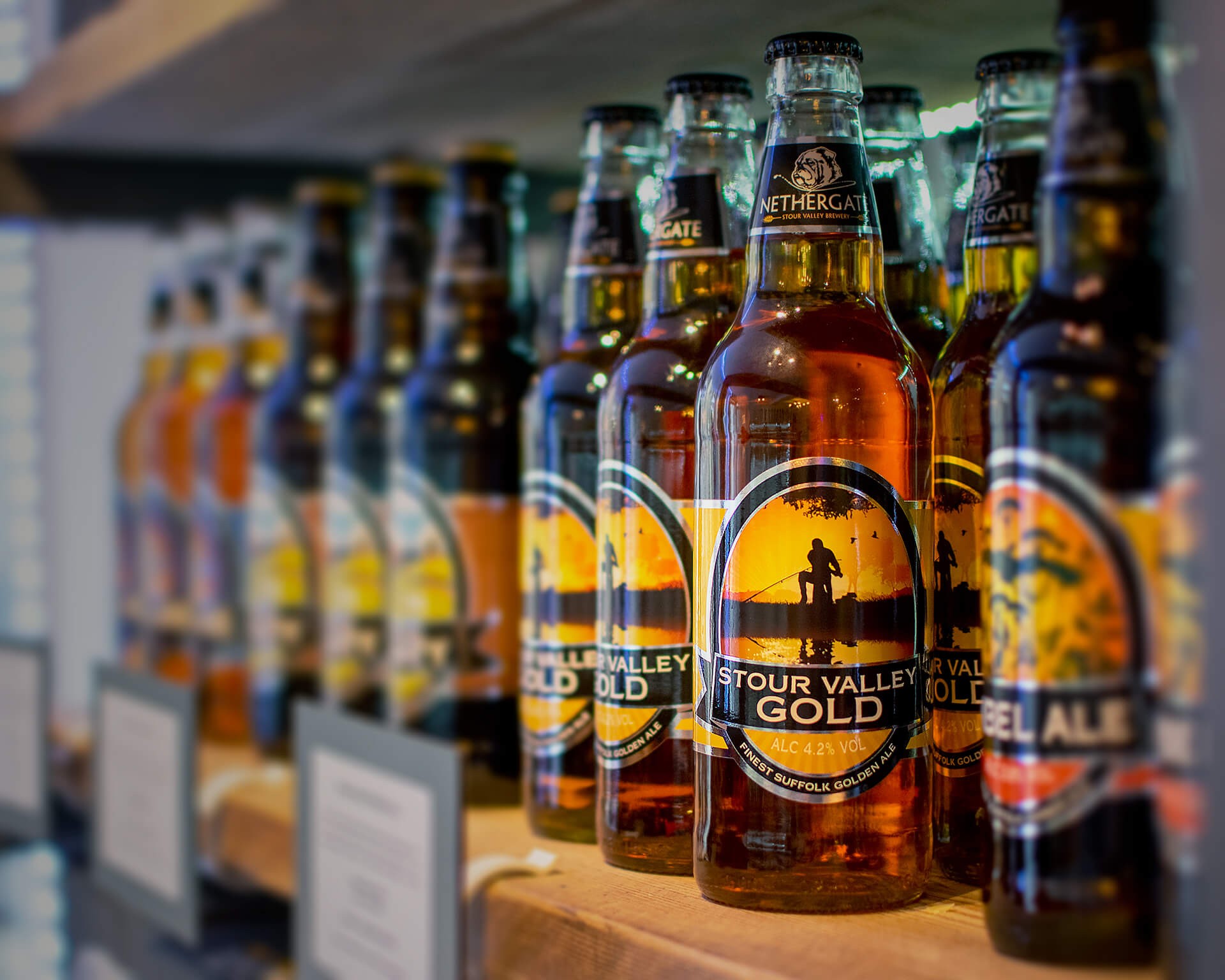
The Product Label Design Process
After understanding the key aspects of attractive label designs and the incredible impact they can have on your product’s market performance, it’s time to go through the step-by-step process of creating your product label. Here’s a detailed guide to help you create a label design that stands out on the shelves and simultaneously embeds itself in the customers’ minds.
Research Phase for Product Label Design
Familiarise yourself with your target market’s preferences, competitor strategies, and current trends within your industry. Knowing what potential buyers value in product labels helps you deliver exactly that, thus ensuring it’s your product they choose from a supermarket shelf.
Defining Your Budget
Determine how much you’re willing to spend on the label design and printing process. Your budget affects every subsequent move – from the designer you choose to the kind of labels you can afford to print. It’s vital to strike a balance between affordability and quality to ensure your label doesn’t appear cheap or makeshift.
Gathering Product Information
Understand your product inside out. The consumer should have a clear idea of what’s inside the package – that’s where the label comes in. Write down all relevant information, such as ingredients, manufacturing date, instructions, and warnings.
Planning the Layout
Next, plan your layout. This process involves determining the position of the logo, product name, and other critical components on your label. Standard layouts involve placing logos at the centre or top to help them gain visibility. Don’t forget to ensure your text size and font are legible, and work accurately around any overlapping sections.
Print Ready PDFs
Use print-ready PDFs optimised for the best quality.
Set the PDF resolution to at least 300 dpi to ensure clarity, but consider higher dpi for sharper text, especially if under 5 points.
Use 100% black for text, not CMYK, to avoid colour discrepancies.
Place trim marks outside the active print area and include a 2mm bleed space to prevent unwanted white borders around your labels.
Embed fonts or convert them to outlines in your PDF to maintain design consistency without needing to match fonts during printing.
Adobe Illustrator (AI) files
The AI file format, developed by Adobe Systems for their Adobe Illustrator software, stores vector images. Unlike bitmap images, which are composed of coloured dots or pixels, AI images consist of lines and points with filled-in colours. This vector-based format is favoured because it maintains quality regardless of enlargement.
Prioritising Information Hierarchy
Not all information on your label holds equal importance. The brand name and product name should be most prominent. Followed by the amount or weight, usage instructions, and lastly, the ingredients or fine print. Eye-tracking studies show consumers tend to look at essential details first.
Proofreading Your Work
Ensuring no grammatical or factual errors slip through is crucial because a mistake erodes brand trust. Always spell-check your text before sending it off for printing. If possible, ask someone else to review your work for any overlooked errors.
Machine Pull or Wet Proof
We offer a ‘wet proof’ or ‘Machine Pull’ option on our digital press to preview the exact layout and colours of your label. While the material used may not match your final choice, especially for specialised or biodegradable types, it will be similar. Note that wet-proof labels are typically not cut out and may be presented on a continuous roll. This service incurs a small fee and allows you to make any last-minute changes before approving the design for printing.
Printing Your Labels
Lastly, it’s time for printing. Remember, mismatched colours can ruin your entire label effect, so ensure your design is in either CMYK, Pantone or spot colour. Anglia Labels works with all three across digital and flexographic processes. We can advise you on the best printing process for your project.
This page https://www.anglialabels.co.uk/services/design-support/ deals with the specifics of our artwork requirements. This process can be technical so if you need any free guidance or specific advice we have a dedicated team that can help guide you through the stages.
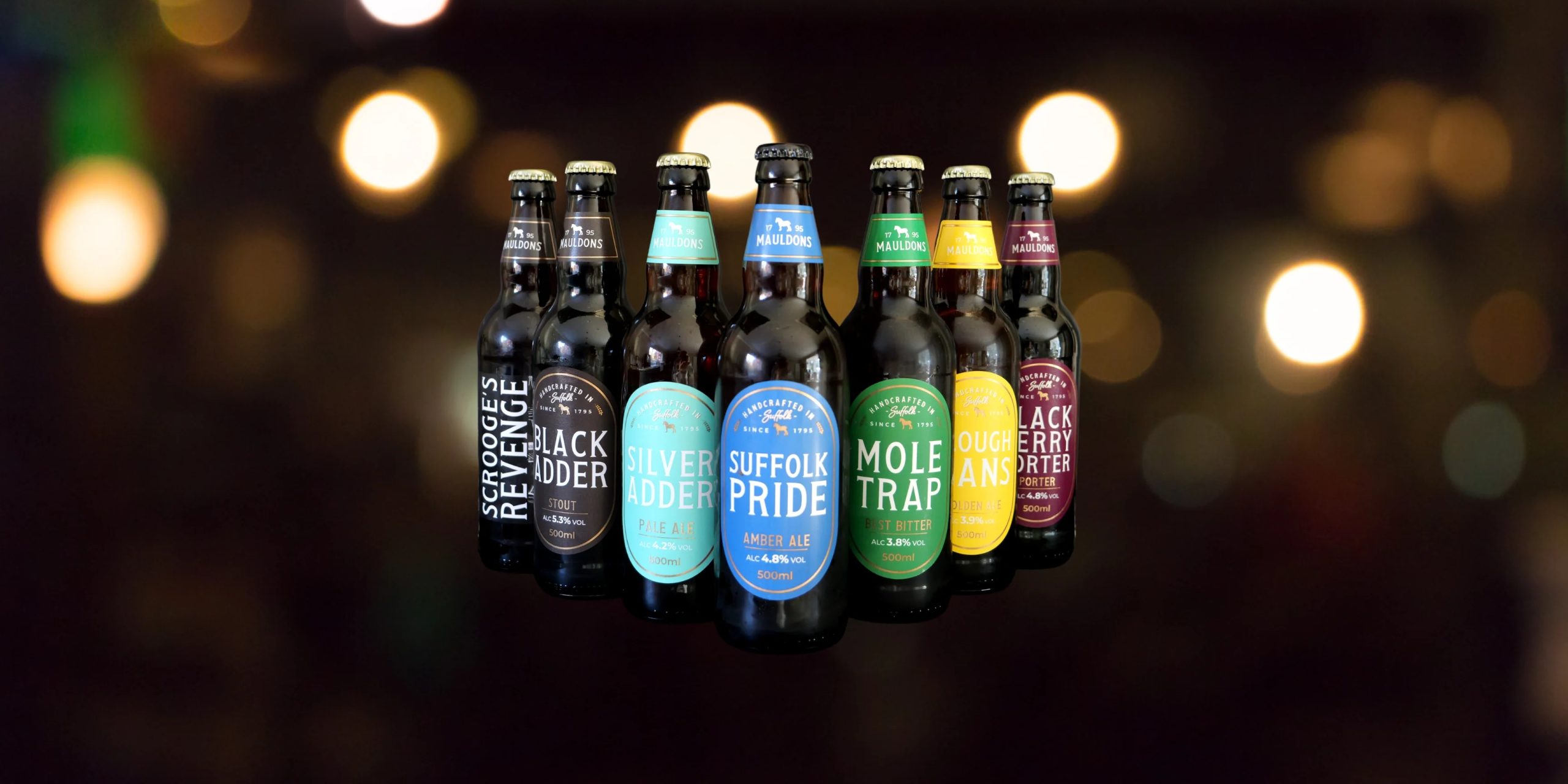
How to Make Your Product Label Stand Out
- Understand Your Customers. Knowing who your customers are is the first step towards creating a standout product label. Understand their interests, buying habits, and needs. For instance, an eco-conscious consumer would be more inclined to buy a product with a label that shows it’s eco-friendly.
- Study Your Competitors. Look at other brands in your industry. Analyse their product labels. Do they use bold colours, or prefer minimalist design? Use this knowledge to differentiate your labels and avoid making them look too similar.
- Use High-Quality Images. Remember, your product label is part of your brand’s image. So, make sure to use high-resolution, professional images. This goes a long way in grabbing your customers’ attention.
- Be Clear and Accurate with Information. Don’t let customers guess what’s inside your product. It’s important to include all necessary information such as product name, ingredients, instructions for use and other relevant details.
- Create a Unique Logo. A recognisable logo is essential. It helps customers identify your product from a sea of similar items. Try to come up with a logo that’s notable and cohesive with the rest of your label design.
- Choose Your Colours Wisely. Colours evoke feelings and emotions. They play a vital role in consumer decision-making. As such, choose colours that will resonate with your target audience and enhance your brand message.
- Keep It Simple. Simplicity is key when it comes to product labels. While you want your label to stand out, you also don’t want to confuse your customers with excessive designs or information. Stick to the essentials, and present them in a neat, organised manner.
- Proofread. Nothing can ruin a good product label more than a glaring typo or grammatical error. Make sure to thoroughly proofread your labels before they go for printing.
- Consider the Packaging. Remember, your label is part of the entire product package. The label should complement the packaging, maintaining a unified aesthetic that aligns with your brand’s image.
- Test and Obtain Feedback. Before going full-scale, consider having a sample print of your label. Show it to some potential consumers and employees for feedback. This will provide you with valuable insights and possibly save you costly mistakes.
Legal and Regulatory Considerations for Product Label Design
- Comply with Industry Guidelines: Ensure your product labels meet all relevant industry standards. If you’re in the food industry, for example, you need to include nutritional information, allergen warnings, and use-by dates. Compliance isn’t just about avoiding fines – it’s also about building consumer trust in your brand.
- Follow Local and International Regulations: Rules about labelling differ significantly around the world. Make sure you’re aware of not just the laws where you’re based, but also those in the countries where your products could end up. This might mean creating multiple versions of your labels or coming up with a version that meets requirements in all territories.
- Include Required Information: Information that’s usually required on product labels includes: the product’s name, net quantity, and manufacturer’s details. For specific products, there might be extra requirements. For example, for toys you might have to include age restrictions and safety warnings.
- Avoid Misleading Claims: Regulatory bodies can get pretty strict when it comes to labelling. Be careful with wording and avoid making any claims that can’t be substantiated. Anything that could mislead consumers, from false advertising to hidden ingredients, is a no-go.
- Acknowledge Intellectual Property Laws: Respect other companies’ trademarks, and ensure your label’s design and wording don’t infringe on anyone else’s intellectual property. A lawsuit is the last thing anyone needs!
Remember, designing a label isn’t just about making it eye-catching – it’s about ensuring it’s legal and compliant too. As ever, do your research or seek legal advice if you’re unsure.
Incorporating Technology in Product Label Design
As we carry on with our guide on effective product label design, let’s look into the incorporation of technology in the process. This step often overlooked by many is crucial in ensuring a functional and modern product label.
Understanding Barcode Implementation
The barcode plays an essential role in product identification and inventory management. It’s a string of numbers combined with a unique pattern of parallel lines, which represent information about the product. This code becomes readable with the use of barcode scanners more commonly found at point-of-sale terminals.
Incorporating barcodes into your label designs is critical, especially for retail products. Make sure that the size and placement of your barcode do not interfere with other crucial design elements. The barcode should be large enough to be scanned effectively, but not so large that it takes up too much space on your product label.
Utilising QR Codes Effectively
Quick Response (QR) codes represent another technology that you can incorporate into your product labels. This matrix barcode can store a lot more information than a traditional barcode and is read by smartphones rather than specialised scanning devices.
When scanned, a QR code can direct a customer to your company’s website, a promotional video, a landing page for a competition, or any other online resource. This provides an effective way to offer more information or marketing material directly to customers through your product label.
Again, ensure that your QR code is placed on the label in such a way that it doesn’t take away from other important design elements. Test it to make sure that it’s easily scanned with a variety of smartphones.
Smart Labels and Their Potential
An emerging trend in product labelling technology is the use of ‘smart labels’. These labels have in-built technology, such as RFID (Radio Frequency Identification) chips, which can interact with other devices.For example, they can provide detailed product information when scanned, authenticate products, help in preventing theft, and enable more efficient inventory management. If your product is in high tech or high value markets, a smart label could assist in product security and customer engagement.
Conclusion
So there you have it – the art and science of product label design. It’s more than just a pretty face on a shelf; it’s a powerful tool to boost brand perception, engage target markets and deliver important product information. Remember, simplicity and quality are key. Always factor in legal and regulatory aspects to ensure compliance, and don’t forget about technology integration to stay ahead of the curve. Keep in mind the practicalities of printing, like using the CMYK colour mode, respecting safe zones and bleed areas, and choosing compatible fonts. Lastly, accurate product measurements will ensure your label fits like a glove.
Get your product label design right, and you’ll not only catch the eye of your customers but also win their trust and loyalty.

